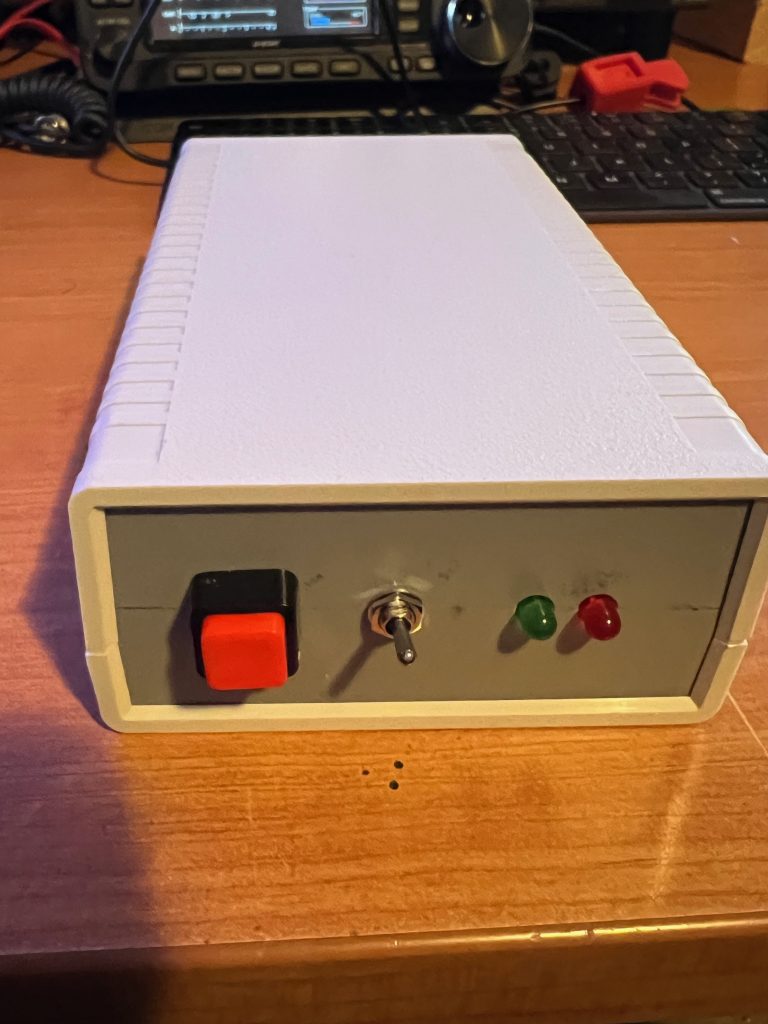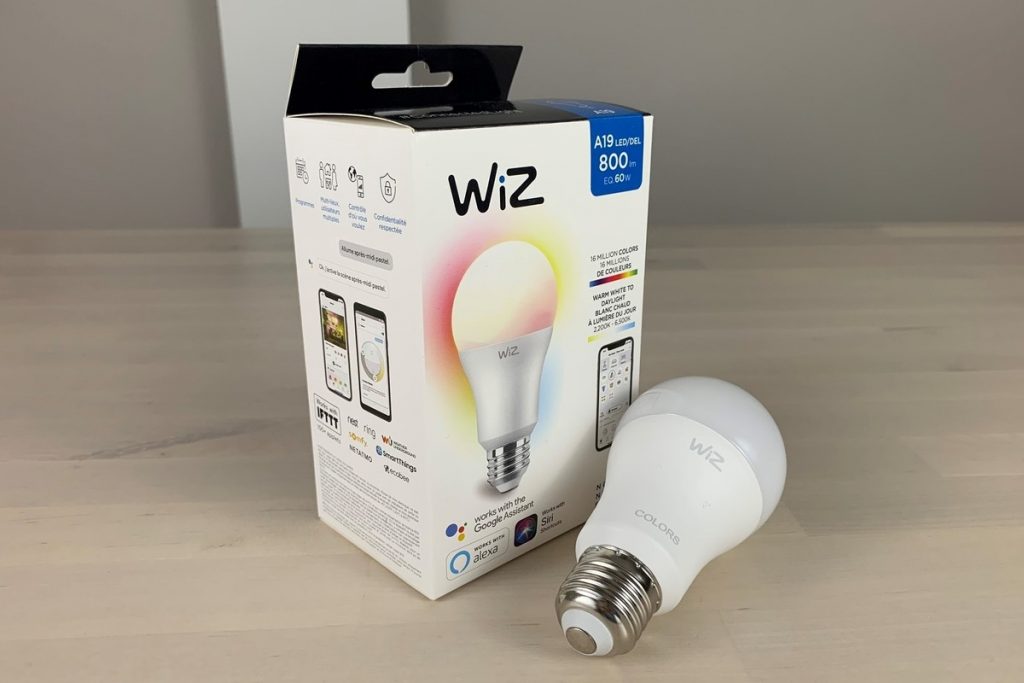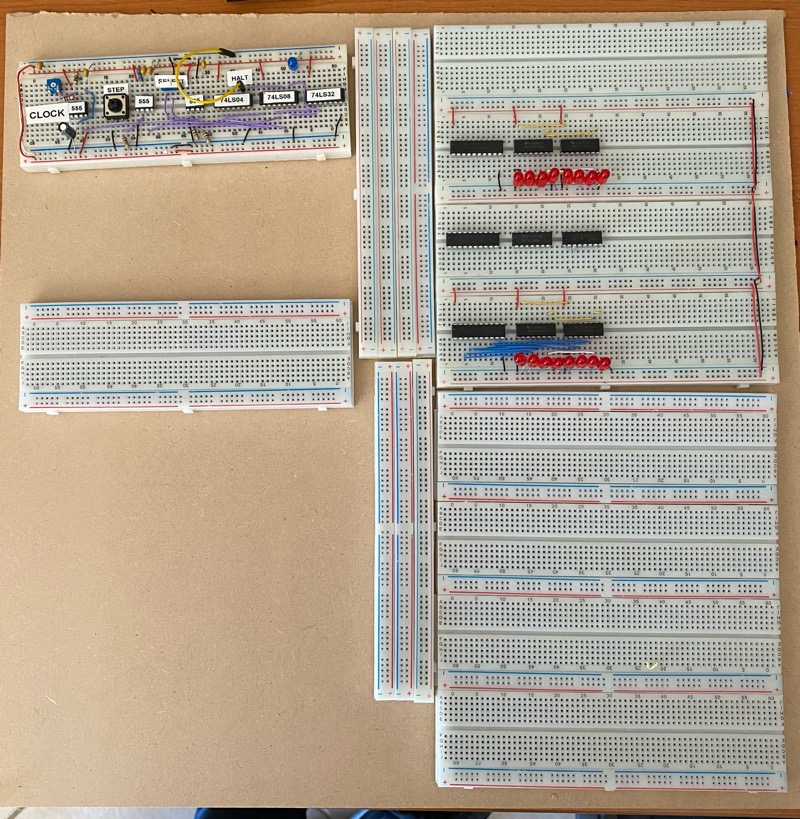Making my own allstarlink node


Remote access to your node from the Internet
For Hams in Australia, there is a simple solution. Check out vk44.net. This free (at the moment) service for AR operators in Australia provides a simple solution which securely allows remote access to your node anywhere in the world with very little configuration.
I connected my node to the Vk44 network in less than a day with most of that time being waiting for the VPN to be setup by the volunteers at Vk44.net and another large chunk waiting for my PI to update. Once this was completed, the configuration of the VPN on my Pi took only about 10 mins. Install the VPN client, copy and paste the provided configuration into a configuration file and reboot. Very simple.




